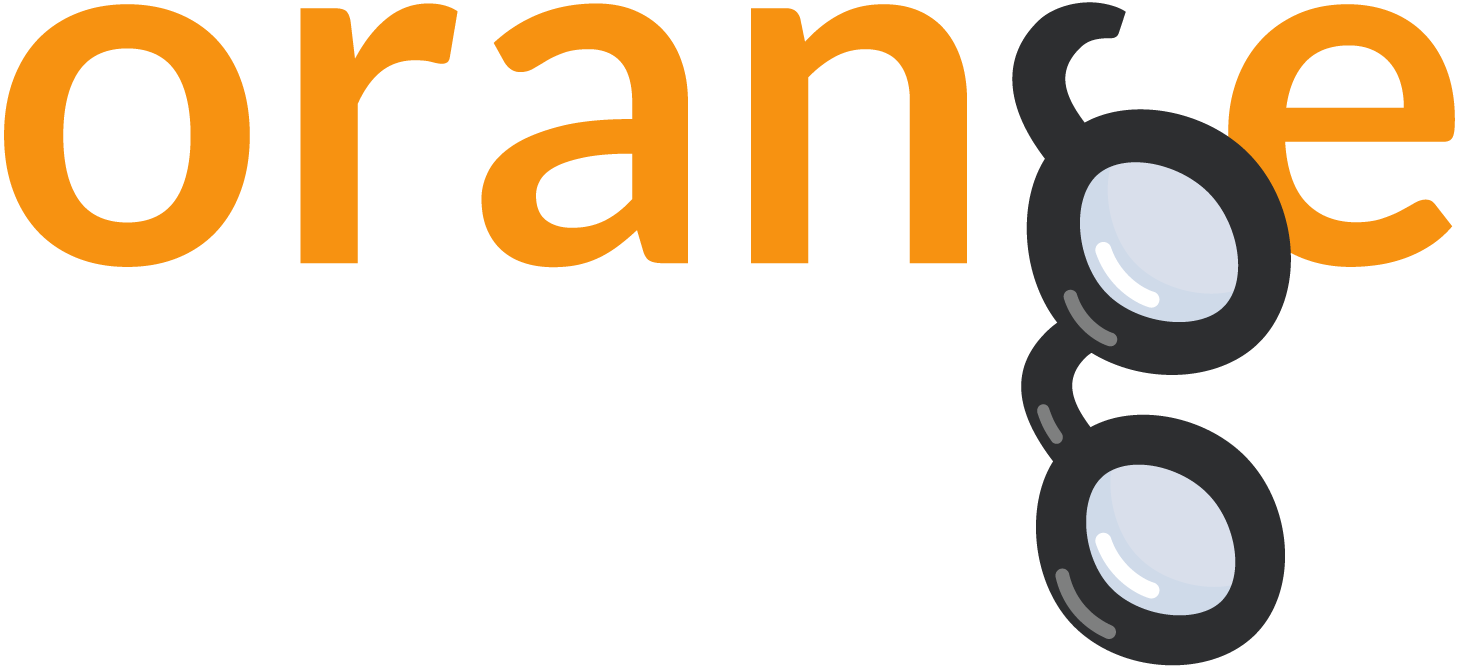Orange Blog
By: ANDREJA, Aug 27, 2018
Explaining Kickstarter Success
On Kickstarter most app ideas don’t get funded. But why is that? When we are looking for possible explanations, it is easy to ascribe the failure to the type of the idea. But what about those rare cases, where an app idea gets funded? Can we figure out why a particular idea succeeded? Our new widget Explain Predictions can do just that - explain why they will succeed. Or at least, explain why the classifier thinks they will.
By: AJDA, Jan 5, 2018
Stack Everything!
We all know that sometimes many is better than few. Therefore we are happy to introduce the Stack widget. It is available in Prototypes add-on for now. Stacking enables you to combine several trained models into one meta model and use it in Test&Score just like any other model. This comes in handy with complex problems, where one classifier might fail, but many could come up with something that works. Let’s see an example.
By: AJDA, Nov 3, 2017
Neural Network is Back!
We know you’ve missed it. We’ve been getting many requests to bring back Neural Network widget, but we also had many reservations about it. Neural networks are powerful and great, but to do them right is not straight-forward. And to do them right in the context of a GUI-based visual programming tool like Orange is a twisted double helix of a roller coaster. Do we make each layer a widget and then stack them?
By: AJDA, Aug 4, 2017
Text Analysis: New Features
As always, we’ve been working hard to bring you new functionalities and improvements. Recently, we’ve released Orange version 3.4.5 and Orange3-Text version 0.2.5. We focused on the Text add-on since we are lately holding a lot of text mining workshops. The next one will be at Digital Humanities 2017 in Montreal, QC, Canada in a couple of days and we simply could not resist introducing some sexy new features_._ Related: Text Preprocessing
By: AJDA, Feb 23, 2017
My First Orange Widget
Recently, I took on a daunting task - programming my first widget. I’m not a programmer or a computer science grad, but I’ve been looking at Orange code for almost two years now and I thought I could handle it. I set to create a simple Concordance widget that displays word contexts in a corpus (the widget will be available in the future release). The widget turned out to be a little more complicated than I originally anticipated, but it was a great exercise in programming.
By: AJDA, Dec 12, 2016
Dimensionality Reduction by Manifold Learning
The new Orange release (v. 3.3.9) welcomed a few wonderful additions to its widget family, including Manifold Learning widget. The widget reduces the dimensionality of the high-dimensional data and is thus wonderful in combination with visualization widgets. Manifold Learning widget has a simple interface with powerful features. Manifold Learning widget offers five embedding techniques based on scikit-learn library: t-SNE, MDS, Isomap, Locally Linear Embedding and Spectral Embedding. They each handle the mapping differently and also have a specific set of parameters.
By: AJDA, Nov 30, 2016
Data Mining for Political Scientists
Being a political scientist, I did not even hear about data mining before I’ve joined Biolab. And naturally, as with all good things, data mining started to grow on me. Give me some data, connect a bunch of widgets and see the magic happen! But hold on! There are still many social scientists out there who haven’t yet heard about the wonderful world of data mining, text mining and machine learning.
By: AJDA, Sep 23, 2016
Text Mining: version 0.2.0
Orange3-Text has just recently been polished, updated and enhanced! Our GSoC student Alexey has helped us greatly to achieve another milestone in Orange development and release the latest 0.2.0 version of our text mining add-on. The new release, which is already available on PyPi, includes Wikipedia and SimHash widgets and a rehaul of Bag of Words, Topic Modeling and Corpus Viewer. Wikipedia widget allows retrieving sources from Wikipedia API and can handle multiple queries.
By: PRIMOZGODEC, Aug 16, 2016
Visualization of Classification Probabilities
This is a guest blog from the Google Summer of Code project. Polynomial Classification widget is implemented as a part of my Google Summer of Code project along with other widgets in educational add-on (see my previous blog). It visualizes probabilities for two-class classification (target vs. rest) using color gradient and contour lines, and it can do so for any Orange learner. Here is an example workflow. The data comes from the File widget.
By: PRIMOZGODEC, Aug 12, 2016
Interactive k-Means
This is a guest blog from the Google Summer of Code project. As a part of my Google Summer of Code project I started developing educational widgets and assemble them in an Educational Add-On for Orange. Educational widgets can be used by students to understand how some key data mining algorithms work and by teachers to demonstrate the working of these algorithms. Here I describe an educational widget for interactive k-means clustering, an algorithm that splits the data into clusters by finding cluster centroids such that the distance between data points and their corresponding centroid is minimized.
